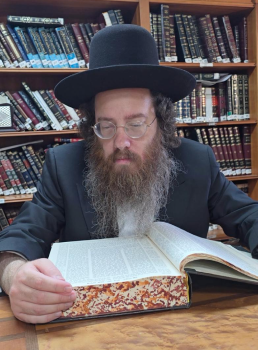Counting the Days for the Prohibition of Haircutting When Death and Burial Are Not on the Same Day
Question
Answer
The thirty-day mourning period is counted from the day of burial, not from the day of death, and the custom is to wait three months from the time of the last haircut. Some are stringent and count from the day of death.
Source
The thirty-day mourning period is counted from the day of burial, not from the day of death, as explained in Moed Katan 19 and in Simanim 370 and 399. The later authorities are divided on when to count the three months. The Maharam Shik wrote that the three months are from the time of the last haircut. However, in Shu"t Maharam Shik Yoreh De'ah Siman 371, after proving to count from the time of the last haircut, he wrote: "But the truth is that from the language of all the poskim it does not imply so, and perhaps because they did not differentiate, they established that it is always required from the time of mourning until they rebuke, etc. And therefore, since it seems to me that the custom is to wait three months from the start of mourning, my opinion is nullified, and then there are other reasons to permit, such as if a festival occurs after thirty days or if there is a great need for a haircut, in such a case, it seems to me that in a place of great need and difficulty, they did not practice so, and I wrote what seems correct to me."
And since his words are based on the principle of "not differentiating," meaning not differentiating between different cases of mourning, where one had a haircut two months ago and another a few days ago, they established for all from the start of mourning.
And since it is explained in Shulchan Aruch Siman 341 that an onen is forbidden to have a haircut, therefore the reason of "not differentiating" does not apply, and the count is from the day of death.
